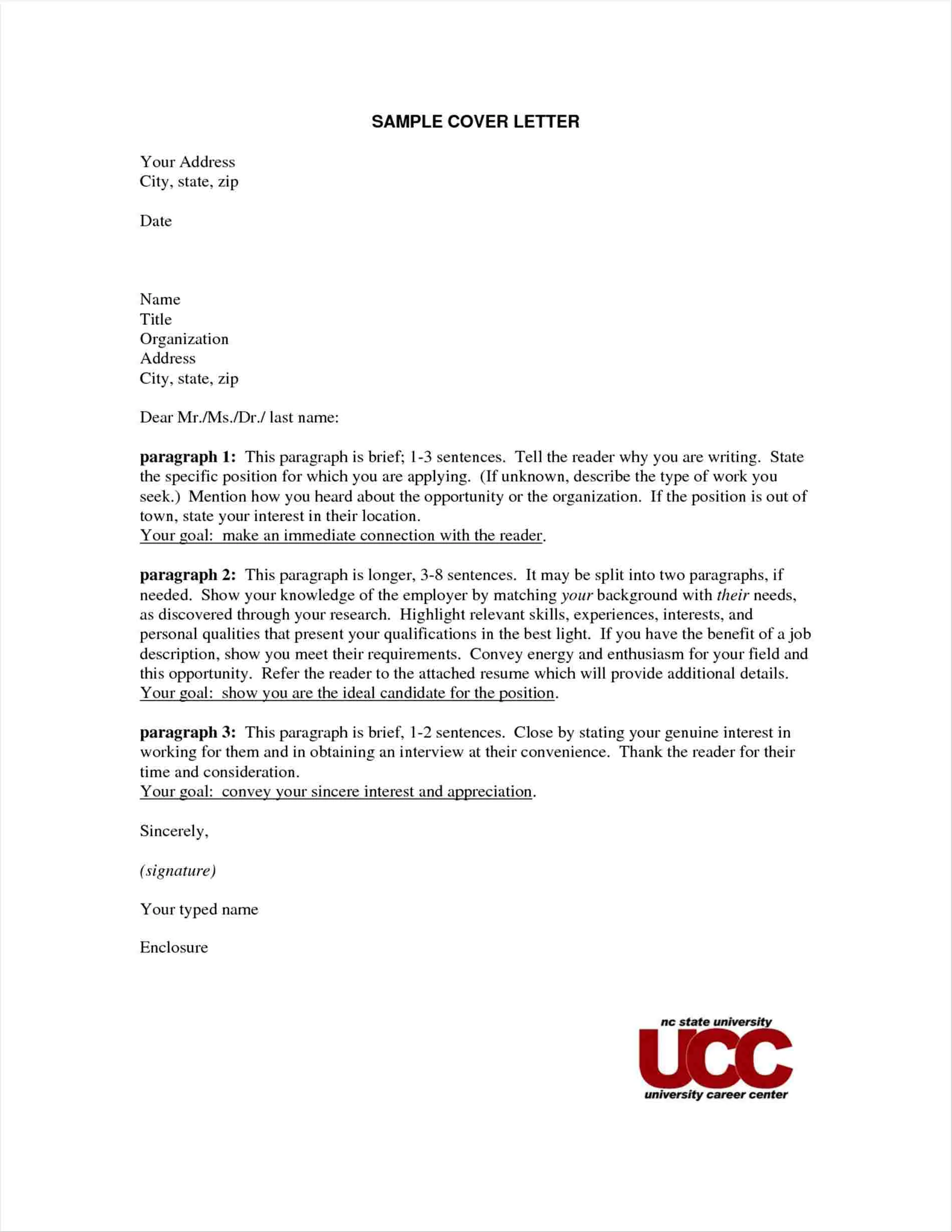Cover Letter Unknown Recipient How To Guide
The cover letter is a critical tool in your job search arsenal. It’s your chance to make a great first impression, showcasing your skills, experience, and enthusiasm to potential employers. But what happens when you can’t find the hiring manager’s name? This common challenge shouldn’t derail your application. This comprehensive guide equips you with strategies and best practices for crafting a compelling cover letter, even when the recipient’s name is unknown. We’ll cover everything from choosing the right greeting and formatting your letter to writing content that grabs attention and highlights your qualifications for the role. Addressing this scenario effectively will significantly boost your chances of landing an interview. A well-written cover letter, despite not having a specific name, can demonstrate your ability to follow instructions and your attention to detail, qualities that hiring managers value.
Why You Don’t Always Need a Name
While addressing a cover letter to a specific person is ideal, there are legitimate reasons why this might not be possible. You might not find the name online, the company could have a policy against publicizing this information, or the role might be handled by a team. Knowing this, don’t let the absence of a name stop you. A well-crafted cover letter, even without a specific addressee, can be incredibly effective. The focus should be on the quality of your writing, the relevance of your skills, and your genuine interest in the position. Many companies now prioritize the substance of your application over the formality of a specific name, especially in larger organizations with established HR departments.
When a Name is Difficult to Find
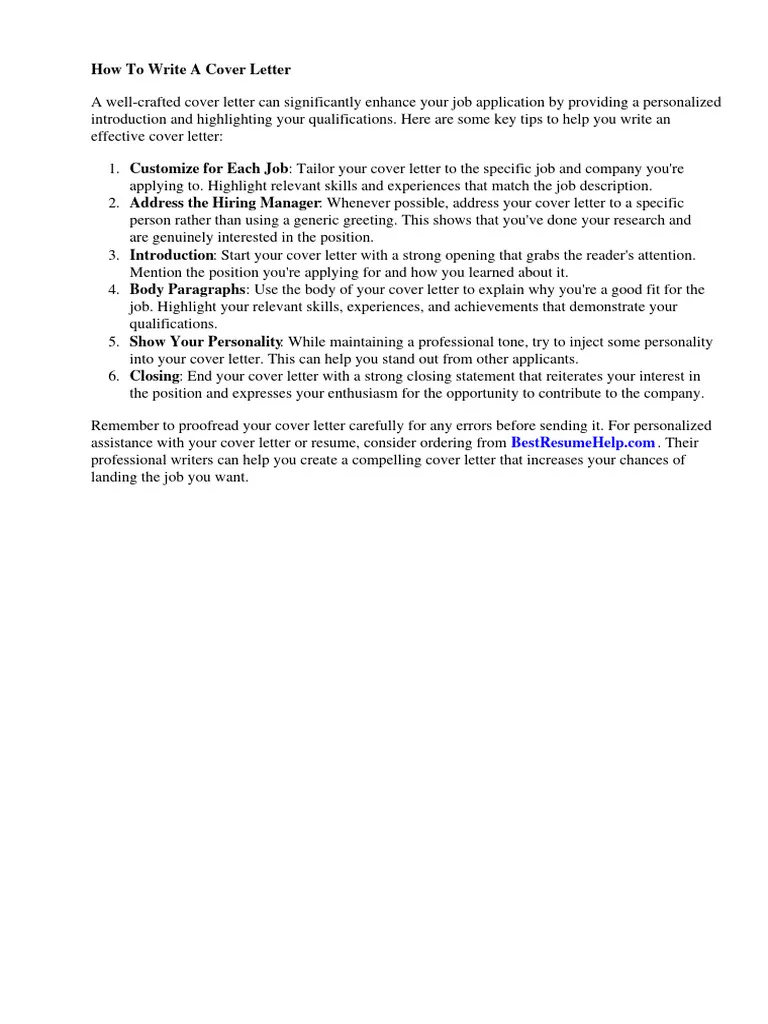
Sometimes, finding the hiring manager’s name takes a bit of detective work. Try looking on the company website (check the “About Us” or “Team” pages), LinkedIn profiles, or even reaching out to current employees if you know anyone. If these avenues fail, don’t spend too much time on this task. Prioritize writing a strong cover letter instead. Over-investing time in finding a name can detract from the effort you could be putting into the content of your letter, which is more important. Focus on creating a compelling narrative about yourself and your suitability for the role.
When a Name Isn’t Necessary
In some situations, a general greeting is perfectly acceptable. This is common when applying to large organizations or when the job posting specifically requests a general cover letter. Focus on tailoring the content to the job requirements and expressing your enthusiasm for the company and the specific role. For instance, in government positions, specific names are often not provided. Demonstrating your knowledge of the job responsibilities is more important than the name of the reviewer.
Addressing Your Cover Letter When the Name is Unknown
When you don’t know the recipient’s name, the greeting becomes even more important. It sets the tone of your letter and shows you’ve put in effort to make a good impression. The right greeting conveys your professionalism and makes a positive first impression. A well-chosen greeting indicates your understanding of professional etiquette, a detail that many hiring managers subconsciously notice. Choose a greeting that aligns with the company’s culture and the tone of the job posting.
Effective Greetings to Use
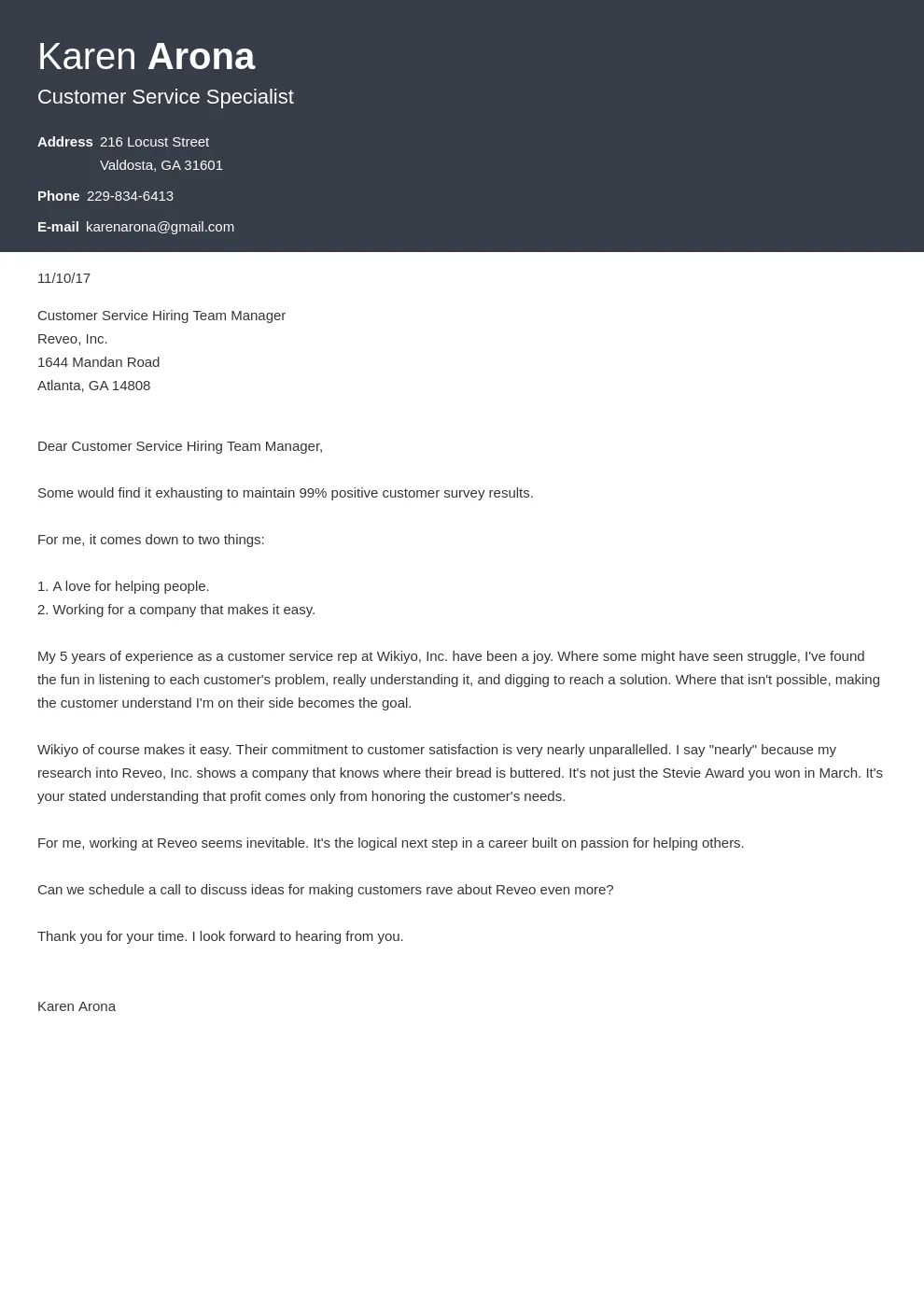
Several greetings work well when you don’t know the recipient’s name. These options are professional and widely accepted. They communicate that you are thoughtful and detail-oriented. The goal is to select a greeting that best reflects the company culture. If the company has a formal tone, choose a formal greeting. If the company is more casual, choose a greeting that reflects that. However, always maintain a professional tone.
Using a Job Title
Addressing your cover letter to the Hiring Manager is a solid and safe approach. It’s direct, professional, and ensures your application reaches the correct person. This demonstrates that you understand the application process. This is a reliable method if you can’t locate a name. It is typically more effective than using an informal greeting. Your letter will likely get to the correct person.
Using a Department
If you know the specific department, such as the Human Resources Department, you can address your cover letter to that department. This is professional and generally well-received. It’s a better alternative to a generic greeting such as “To Whom It May Concern,” which can come across as impersonal. This shows you understand the organization’s structure. Use the department if you can, especially if you have no other options.
General Greetings Best Practices
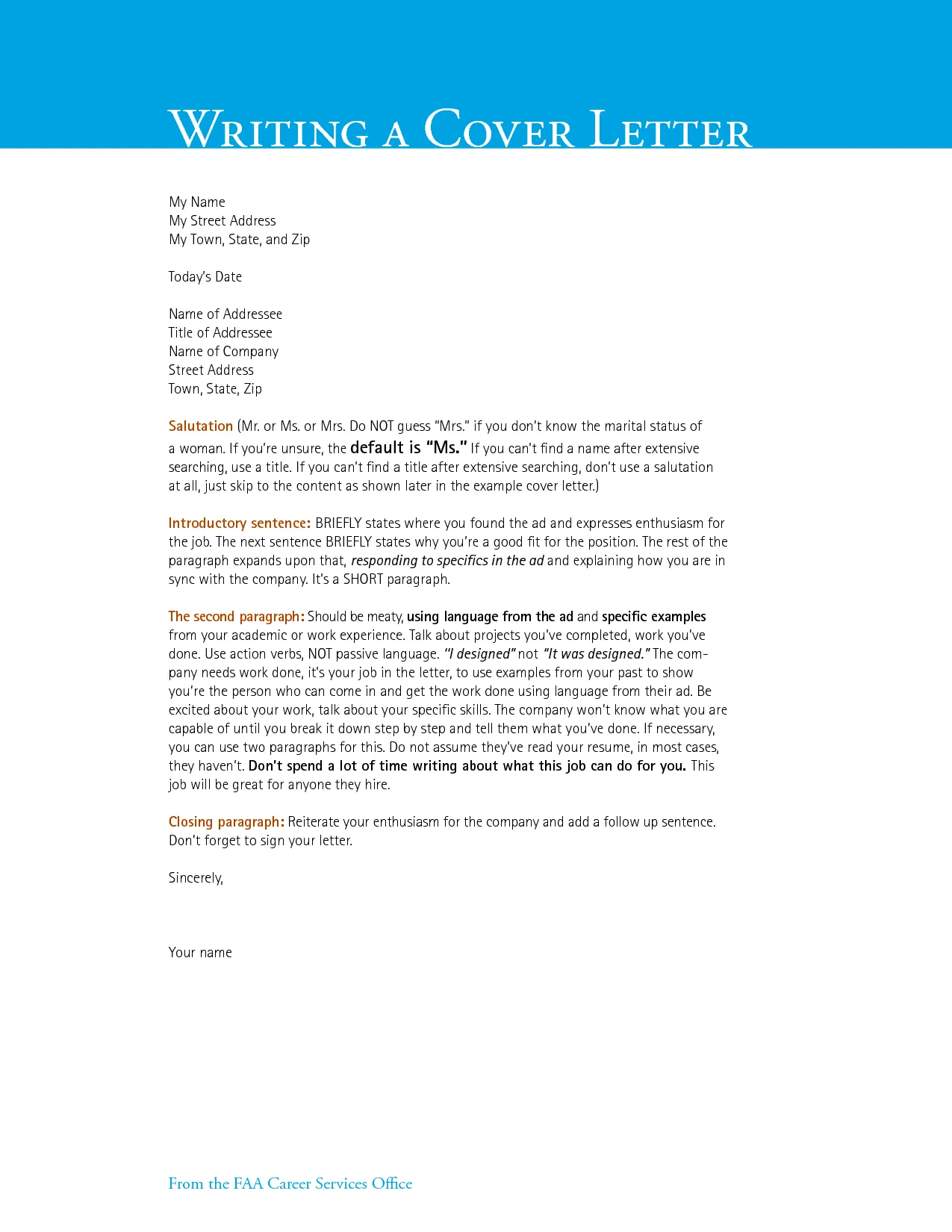
When using general greetings, ensure they are always professional and respectful. Avoid overly casual options. Do some preliminary research on the company’s culture and tone. If the company is more casual, a greeting like “Hello, [Company Name] Team” might be acceptable, but always err on the side of caution. It’s essential to demonstrate your respect for the hiring process. When in doubt, choose a more formal greeting.
Formatting the Cover Letter
The formatting of your cover letter is as important as its content. It reflects your professionalism and attention to detail. A well-formatted cover letter is easy to read and highlights your key skills and experiences effectively. It presents your application in the best possible light. Formatting includes clear headings, concise paragraphs, and bullet points where appropriate. Proper formatting improves readability and demonstrates your understanding of business communication.
Highlighting Skills and Experience
Clearly demonstrate your skills and experiences that match the job requirements. Use specific examples from your previous roles and quantify your achievements whenever possible. This will effectively showcase your ability to perform well in the position. Make it easy for the hiring manager to see how your qualifications meet their needs. Avoid vague language and concentrate on presenting tangible results. Provide quantifiable achievements to prove your value.
Tailoring Content for the Role
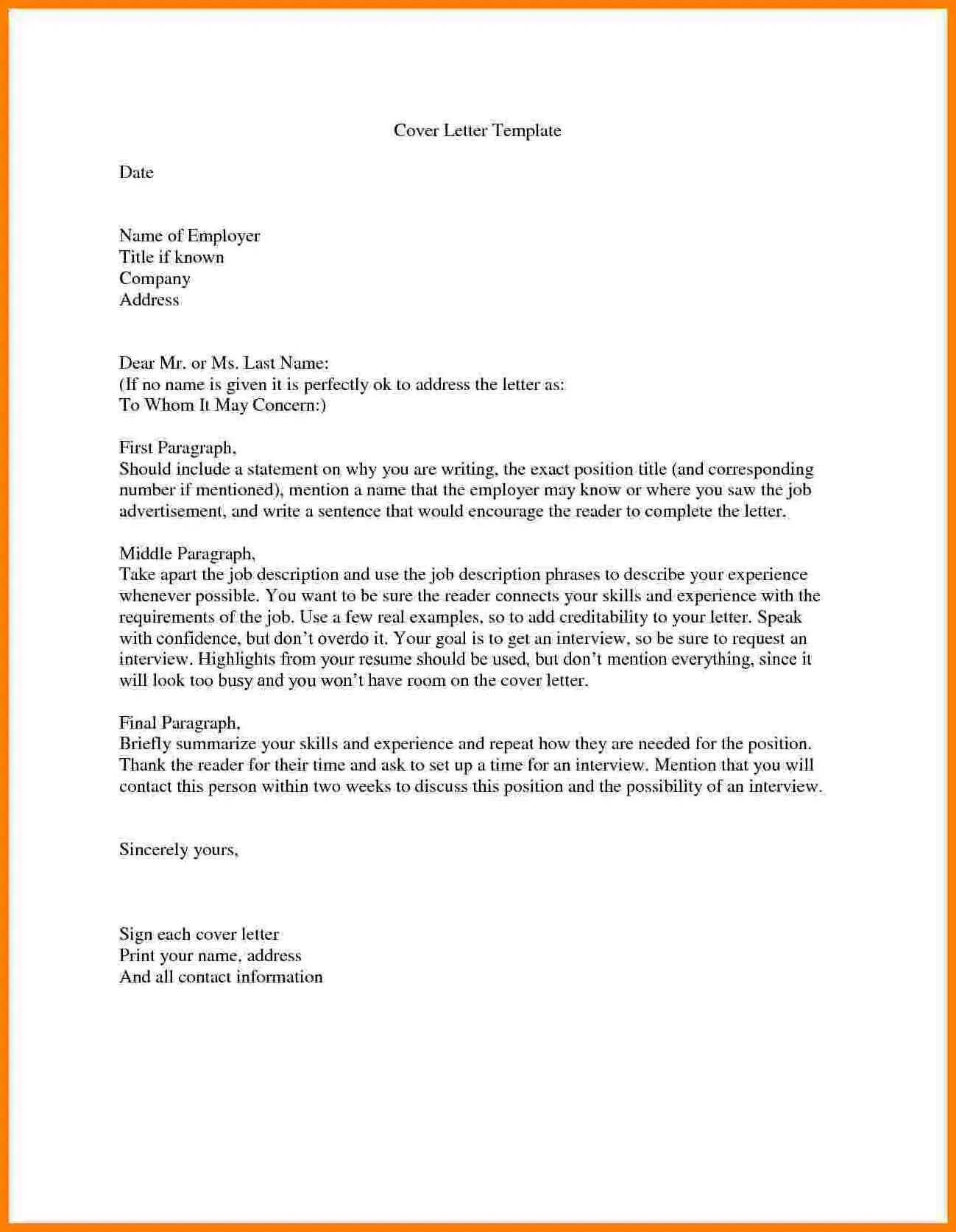
Always customize your cover letter for each specific job application. Don’t use a generic template. Instead, demonstrate your understanding of the role and the company. Research the company and align your skills and experiences with the job description’s essential requirements. This demonstrates your genuine interest and attention to detail. It’s worth investing the time in tailoring your cover letter for the best results. Use the job description as a guide to showcase your abilities.
Key Information for a Compelling Cover Letter
Your cover letter should offer a concise overview of your qualifications and your enthusiasm for the position. It should complement your resume and provide the hiring manager with a clear picture of your professional background. Include essential details and demonstrate a solid understanding of the role. These key elements make your cover letter stand out. Focus on your achievements and the value you can bring to the company.
What to Include in the Body
The body of your cover letter is where you expand on your resume and showcase your skills, experience, and enthusiasm. Start with a compelling opening that immediately captures the reader’s attention. Then, provide specific examples of your accomplishments and how they relate to the job requirements. Conclude by expressing your interest in the role and the company. Use action verbs to describe your accomplishments and quantify your results.
How to Show Enthusiasm
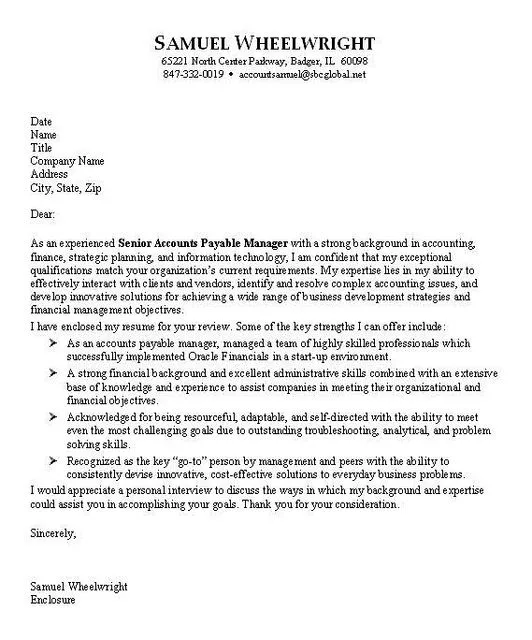
Expressing enthusiasm for the role and the company is crucial. It shows that you are genuinely interested and eager to learn. Show your passion and excitement for the role and the company. Demonstrate your knowledge of the company and the industry. Explain why you are excited about the specific role. This will leave a lasting positive impression on the hiring manager. Passion and excitement are contagious.
Ending Your Cover Letter
The closing of your cover letter makes the final impression. End with a professional and positive statement that reiterates your interest in the role and encourages the hiring manager to contact you. A strong closing can significantly increase your chances of getting an interview. A well-crafted conclusion will reinforce your key points and leave the hiring manager with a positive feeling.
Professional Closing Statements
Use professional closing statements, such as “Sincerely,” “Best regards,” or “Thank you for your time and consideration.” Avoid casual closings like “Cheers” or “Best.” Always proofread your cover letter to catch any errors. Double-check that you’ve included your contact information, including your phone number and email address. Proofreading and accuracy are essential.
Contact Information for Follow-up
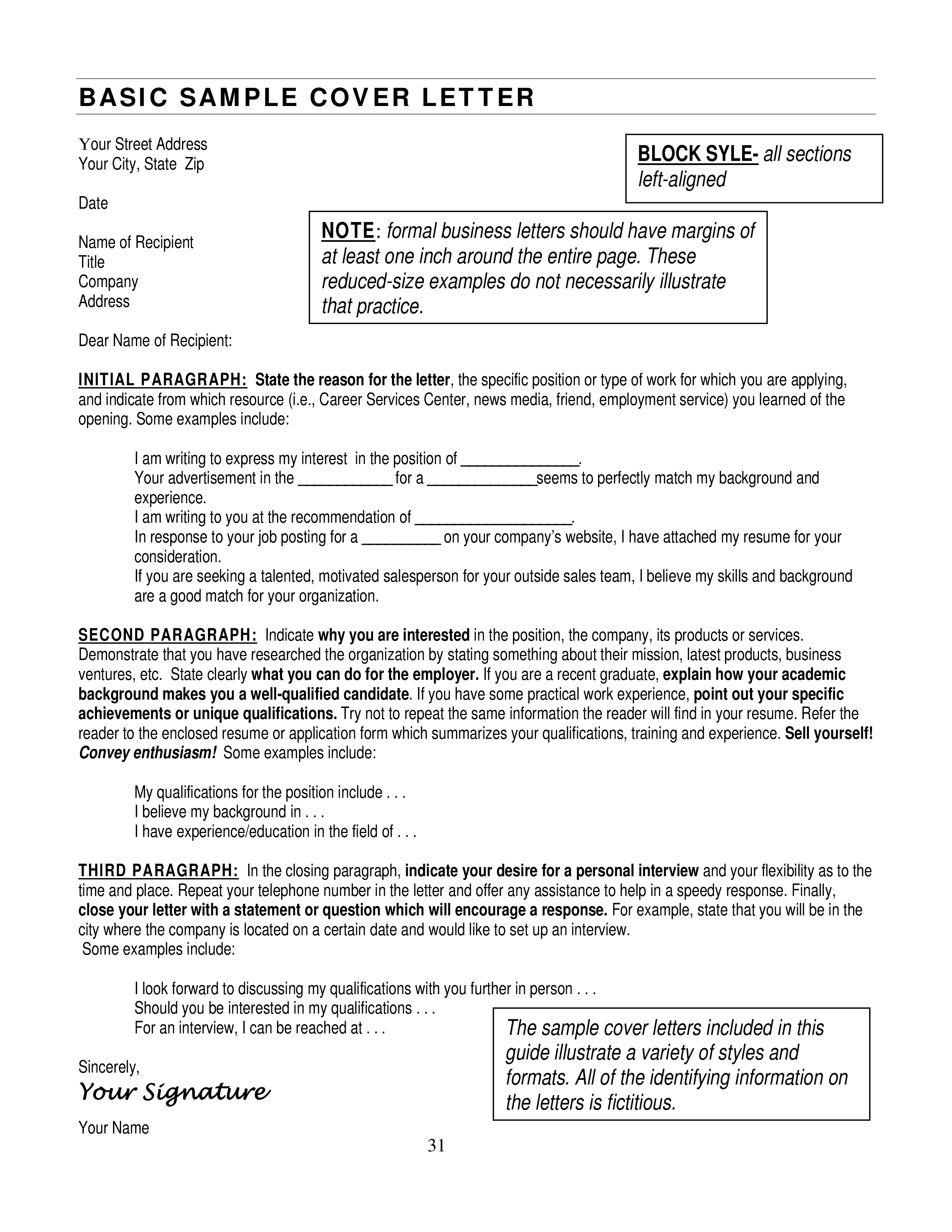
Include your contact information at the end of your cover letter. This should include your phone number, email address, and a link to your LinkedIn profile if you have one. Make it easy for the hiring manager to reach you. Regularly check your email and ensure you have a professional voicemail message set up. Providing easy access to your contact information helps the hiring manager to schedule an interview.
